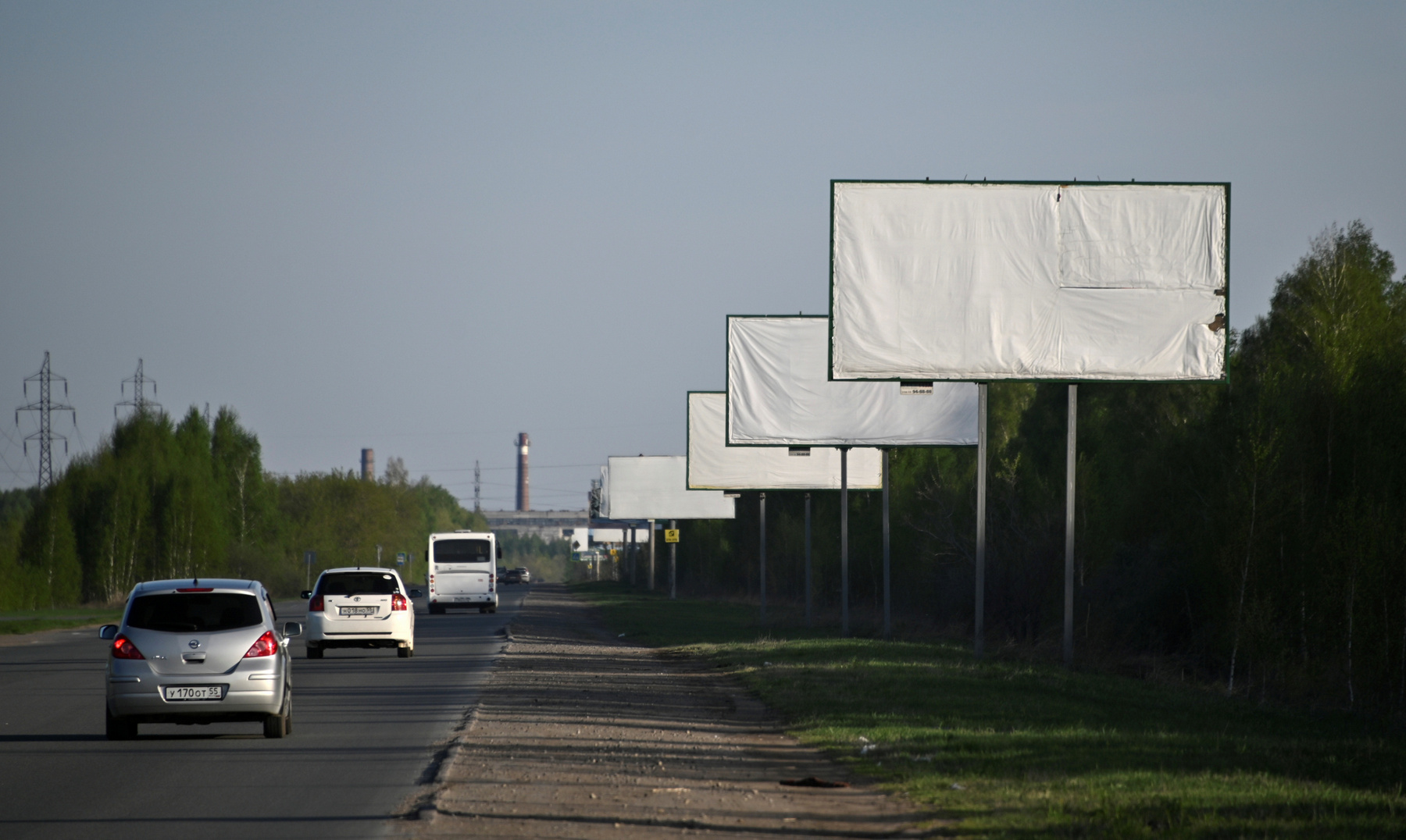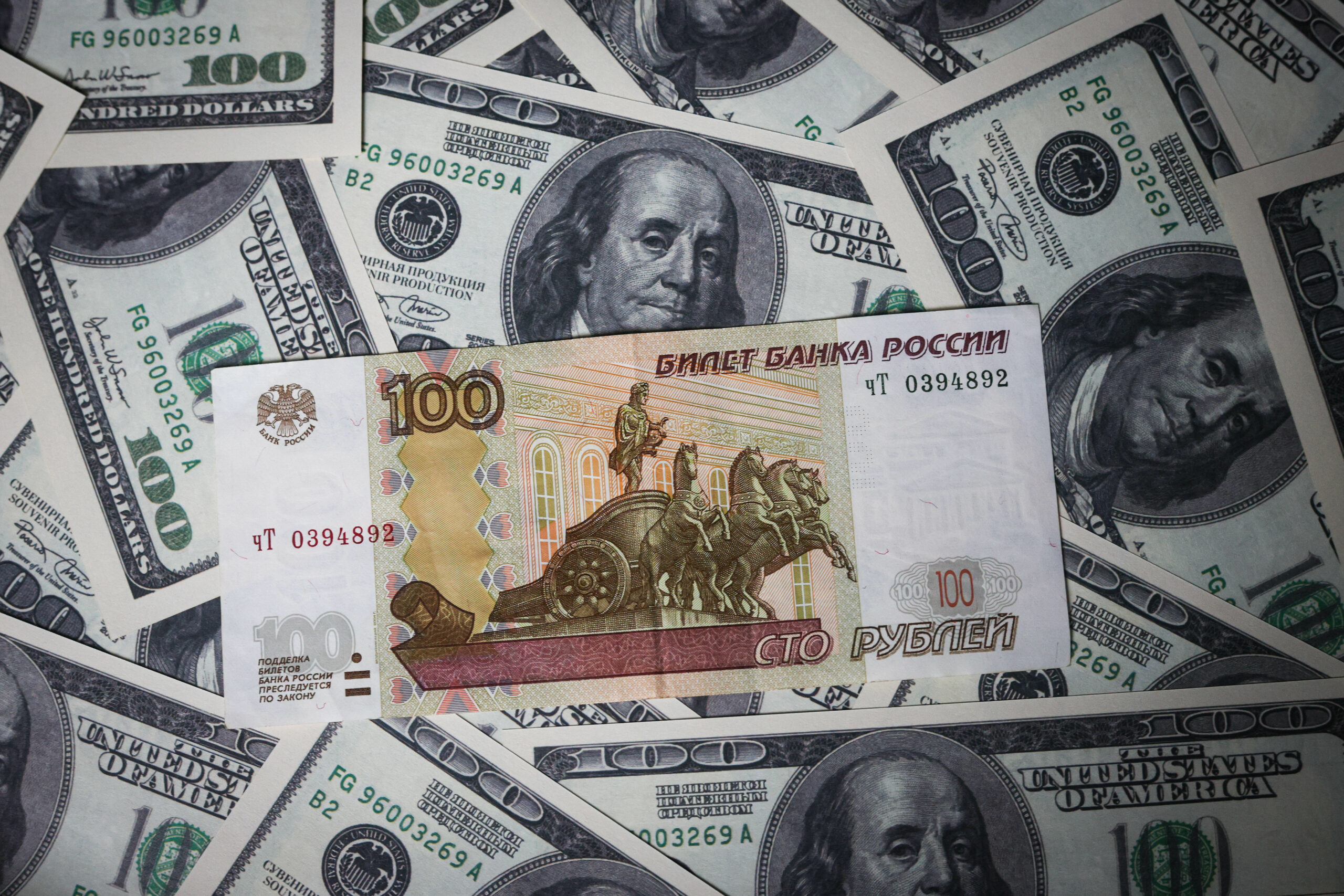The restrictions related to the COVID-19 pandemic will have dire consequences. The exact extent of the damage remains to be determined, but it is already safe to say that Russia’s small and medium-sized enterprises (SMEs) will suffer a terrible blow, putting them on the verge of extinction as an economic class.
The Russian Chamber of Commerce estimates that 3 million entrepreneurs may go bankrupt as a result of the pandemic-related downtime. One in three small businesses will not last more than a quarter. More than 8.6 million people could become unemployed.
The service sector will suffer the greatest losses. In employment terms, Russia is a service economy. The SME and service sectors together employ 65−70% of Russia’s working-age population, which as of March totalled 74.9million people, including 3.5mn unemployed). They will all suffer the consequences of the coronavirus crisis.
SMEs in Russia fall into three categories: micro-enterprises (legal entities with up to 15 employees and annual income of up to RUB 120mn), small enterprises (16−100 employees, annual income of up to RUB 800mn) and medium-sized enterprises (101−250 employees, annual income of up to RUB 2bn). For the number of SMEs per 100 people, Russia lags behind many countries. In one study, with its 2 SMEs per 100 people, Russia is behind everyone but the US, which has the smallest number of SMEs per 100 people at 1.3. To compare, the number is 4.7 times higher in the Czech Republic; 3.4 times in Sweden; 2.7 times in Spain; 2.1 times higher in Poland. Russia also lags behind all developed countries in the share of employees in this sector. In 2018, 18.9% of Russia’s workforce was employed in SMEs, as compared to 41% in the USA. In continental Europe, the share of SME staff ranges from 61% in France to 78.6% in Italy. Small and medium businesses generated about 20% of Russia’s GDP in 2018. Some projections see this share dropping to 12% in 2020. This would lead to even more widespread nationalisation and monopolisation of the economy.
The number of SMEs has steadily declined in recent years. For example, the number decreased by 432,000 from July 2018 to August 2019, while the total number of their employees shrank by 510,000. That is, the SME sector was not in very good shape even before the pandemic. An unfavourable investment climate had seen to that. As had the decline in incomes and purchasing power since 2014.
The underdevelopment of the SME sector is also visible in its composition: micro-businesses constitute 95% of SMEs, and 42.7% of SMEs operate in trade. This has not changed for decades; it is precisely trade that generates more than half of total turnover in this sector.
SMEs’ share in GDP decreased from 22% in 2017 to 20.2% in 2018. The ‘Small and medium-sized entrepreneurship’ national project was supposed to raise this to 32.5% by 2024 (and to 23.5% this year). These plans are obviously unrealistic.
There are two more categories of citizens who generate added value and contribute to Russia’s GDP. Namely, sole proprietors (individual entrepreneurs) and the so-called self-employed. The mass exodus of sole proprietors from the legal economy started before the current pandemic. In March, 66,800 sole proprietors ended their operations, 77% more than a year earlier. The number of registered sole proprietors decreased from 137,500 last year to 119,100 in early April this year. Sole proprietors mostly offer services or are engaged in trade and small-scale production. In response to administrative pressure or deteriorating economic conditions, they either withdraw into the shadow economy or try to find employment. Given the lack of public help, many sole proprietors will be ruined by the pandemic and restrictions.
The same fate awaits the self-employed. Their number has grown by 40% since the beginning of the year, exceeding 465,000 (the number includes sole proprietors who have been attracted by a preferential tax regime and changed their status to self-employed). A preferential tax for the self-employed (aka the tax on professional income) has been introduced in 23 regions of Russia. It provides for a rate of 4% on income obtained from natural persons and 6% on income obtained from legal entities, providing the annual income of the self-employed person does not exceed RUB 2.4mn and s/he has not established labour relationships (i.e. does not use hired labour and is not hired himself/herself). Other than that, the self-employed have also been left to sink or swim. They cannot count on any benefits or allowances, not even unemployment benefits.
Preliminary estimates from Vnesheconombank’s Research and Expert Review Institute reckon that as a result of the epidemic Russia’s GDP will drop by 18% in the second quarter. It should drop by 3.8% at year-end. Culture and sports will be down by 78.9% in the second quarter and 21.2% at year-end. Hotels and catering will shrink by 69.5% and 22.2% in the same period. For transport the quarterly contraction will be 40.2% and 10.6% by the end of the year. In all these sectors the share of SMEs is relatively high, although there are no accurate estimates. Some of the projections are more pessimistic: according to the IMF, Russia’s GDP will contract by 5.5% in 2020, while McKinsey sees it dropping by 10.2%. The National Ratings Agency believes the total economic loss from the pandemic may reach RUB 17.9trn (i.e. more than 15% of GDP) and make 15.5mn employees redundant. Actually, these forecasts were made even before the oil-price nosedive in late April. The markets then became convinced that black gold would stay cheap for a long time. This in turn will have a long-term negative multiplier effect on the entire Russian economy.
What government support can SMEs count on? Depending on the estimates, the amount of the first economic relief package, in early April, ranged from 1.8% to 2.8% of GDP. But direct financial aid to businesses amounted to only 0.3% of GDP or RUB 340bn, according to Alfa-Bank analysts. This is unprecedented parsimony even among modestly wealthy countries. SMEs are entitled to nothing but a pittance under the first economic relief package. That is, non-refundable subsidies to provide for employee remuneration in the amount of the monthly minimum wage for each employee (RUB 80bn). The remaining forms of assistance include grace periods on repayment or restructuring of publicly funded loans, extensions of tax payment deadlines (except for VAT), a loan repayment holiday, rent relief for municipal or state-owned property, a cut in the marginal social security tax from 30% to 15%, state guarantees on company loans and an expanded refinancing programme for banks lending to SMEs.
A separate government resolution on 31 March, No. 378, established rules for granting and distributing subsidies to regions for SME support. Economic relief measures here include greater availability of loans at preferential rates and microloans, establishment of credit facilitation funds (guarantee funds, collateral funds) and state-owned microfinance institutions. However, much is left to the discretion of regional authorities and their financial standing. Another resolution (No. 372, March 31) eased the rules for granting subsidies to credit organisations, including specialised non-bank organisations. This was for the reimbursement of arrears pertaining to loans granted under the SME support programme. Again, to put it simply, this is all about debt rescheduling. After all, how is one supposed to repay deferred payments if no income is being generated? Executive order No. 846-r of April 2, 2020, goes along the same lines. According to the order, some 5bn is granted to banks to provide for ‘rescheduling of arrears on loans granted to small and medium-sized enterprises’. We are talking only about the most affected sectors and a waiver of late charges for non-repayment of interest from April 1 to October 1, 2020. Still, the borrower has to pay 33% of the interest due even during the ‘grace period’.
In early April, Russia’s Minister of Economic Development, Maxim Reshetnikov, estimated the value of extended deadlines on taxes and duties available to SMEs at RUB 140bn. He did not say how entrepreneurs are going to repay these arrears after the grace period.
Some wealthy regions have taken more decisive steps to support their entrepreneurs. Thus, the Yamalo-Nenets Autonomous Okrug, rich in gas and oil, went so far as to pay cash directly to the self-employed such as taxi drivers, tutors and hairdressers. In this move, unprecedented in Russia, they will receive a lump sum of RUB 30,000. Companies that temporarily employ the unemployed will be entitled to non-refundable compensation of RUB 31,000 per person. SMEs will be granted up to RUB 123,000 for each new permanent job (though such an employee cannot be dismissed for a year).
Other regions cannot afford such generous handouts. The authorities of the (rich) city of Moscow promised, as part of the first relief package, to waive property tax in the case of private lessors who reduce rent for certain categories of business. However, this applies only to municipal property and a limited number of enterprises, mainly those operating in the field of air travel, culture, leisure, entertainment, catering and personal services. The grace period is limited to April-June. The second package of Moscow anti-crisis measures is more generous. It broadens the range of loans on preferential terms as well as subsidies for certain business categories. Subsidies are provided for the purchase of imported equipment (reimbursement of up to 25% of the cost). The partial reimbursement list includes utility payments, reimbursement of up to 50% of SME expenses related to online promotion of goods and services and online food delivery. Subsidies are introduced to partly cover banking costs for providing loans at preferential rates to recently established SMEs (maximum 3 years in operation). Exporters are entitled to a grant in the amount of 10% of each executed export contract. Some preferential terms on loans and other payments were introduced for SMEs in April by the Arkhangelsk Oblast (loans at preferential rates and simplified confirmation of the existence of force majeure), Belgorod Oblast (microloans of up to RUB 5mn for 2 years at 2.5% interest) and Kaliningrad Oblast (loans at 0.1%). The Yakutian Entrepreneurship Development Fund received an added RUB 200mn. These resources will be used to introduce subsidies for agriculture; entrepreneurs can use financial aid to pay taxes and rent, bridge the cash gap and pay remuneration. Other regions are offering more modest support measures (payment deferrals, rent reductions or a 2−3 month grace period etc.) or are still working on them. Many regions have started talking about lifting some of the quarantine restrictions imposed on SMEs instead of relief measures.
So far, the only example of generosity by the central authorities has been the president’s executive order of April 15 on non-refundable financial aid to SMEs to pay out salaries in May and June. However, to cover salary-related expenses in April, one had to take a zero-interest loan, which turned out to be very difficult in practice, even with 75% state guarantees from Vnesheconombank. There are other bureaucratic limitations (e.g. in the case of tax arrears). Enterprises are entitled to RUB 12,130 (the minimum monthly wage) per month per employee. To take advantage of this privilege, the employer needs to keep the absolute majority of his/her employees: as of April 1, at least 90% of the staff should be kept (which means that employment should have been maintained at the expense of the owner of the idle business). The total volume of assistance will reach RUB 80bn. Another example of assistance is RUB 3.5bn offered to tour operators to compensate for losses associated with non-refundable airfares and the cost of bringing back tourists stuck abroad.
Such benefits are unlikely to save a large proportion of the SMEs affected by the crisis. According to surveys by several large banks that run SMEs’ accounts, April turnover was 22−30% lower than average. The deepest plunge was suffered by travel agencies (-78%), beauty and massage parlours as well as saunas (-66%), the entertainment, culture and sports segment (-64%), exhibitions and other events (-64%), clothing retail (-63%) and real estate (-38%). Some experts estimate that the total decline in the SME sector will amount to 50−60% at year end.
Thus, it can be concluded that SMEs receive very limited support from both federal and regional authorities (except for a few rich regions) despite the emergency situation.
There are several reasons for this parsimony. First of all, the authorities do not appreciate the role of this economic segment. SMEs’ share in GDP is small; the number of staff and owners combined constitute an absolute minority of the able-bodied population and, most importantly, voters. In this sense, the political (social and lobbying) potential of this segment is insignificant. Secondly, the majority of the incumbent Russian leaders were born and raised in the Soviet period, characterised by the cult of Stalinist industrialisation and large backbone industries. SMEs used to be labelled as hucksters and petty bourgeois. This ideological tradition has largely been preserved. SMEs are treated like cash cows. Thirdly, against the backdrop of the clearly long-term oil price plunge, the authorities are planning for the short run and avoiding ‘wasting money’ on direct financial aid in general and SMEs in particular. They associate their coffers (stashes for a rainy day) with preserving political power. Power is in their hands as long as there is cash left in these funds. They are not treated as public coffers, but as reserves for the ruling bureaucracy.
The incumbent authorities’ attitude to SMEs (their understanding of the economic role of this segment) resembles the attitude to hucksters (profiteers) typical of the Soviet New Economic Policy of the early 20th century. They emerged out of thin air after the revolution and civil war. The attitude to SMEs has not changed: who cares that a few million people (hucksters) will go bankrupt? They will re-emerge out of thin air again when the crisis is over. These will be different profiteers though. This is more or less what Stalin used to say about soldiers losing lives in the name of victory: ‘women will bear more children’. And if SMEs do not re-emerge, the authorities will find it even easier to manage the economy given widespread nationalisation, the monopoly of large state-owned corporations and private, vertically integrated holdings run by politically obedient, state oligarchs. At least this is what they believe. That is why small business is most likely to be treated as collateral damage in the fight against the pandemic. Let them sink or swim. Thus, Russia has become the main testing ground for social Darwinism and the only G20 country which refused businesses and citizens direct financial aid in more than a negligible amount.










